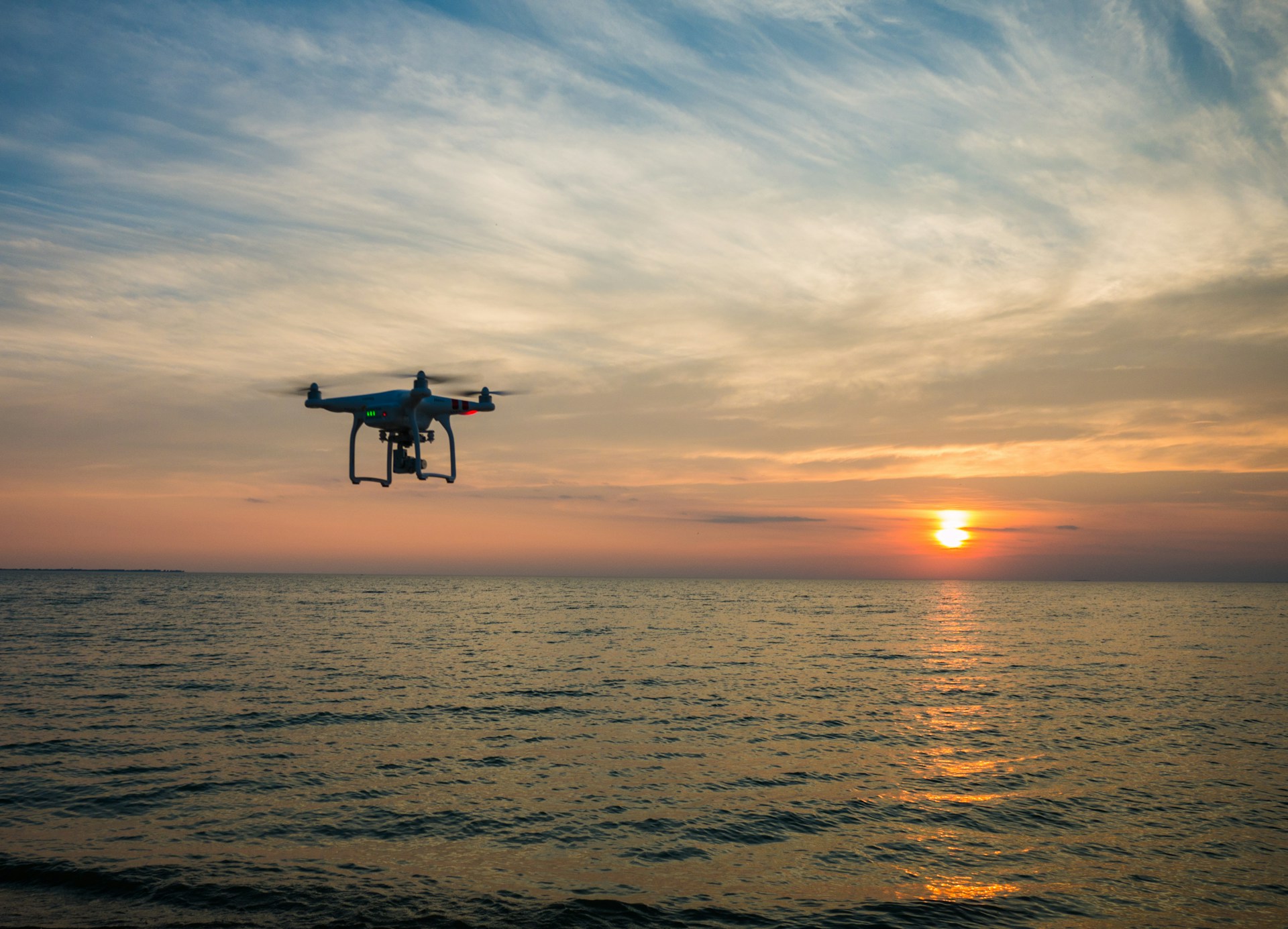Continuous hype: Theorizing stability in the hype around commercial drone applications - 21 Nov 2024
Paper title and abstract
Continuous hype: Theorizing stability in the hype around commercial drone applications
To answer this this question, we examine the case of prolonged hype, namely that surrounding drone technology and its potential commercial and civil market applications.
We tracked hype in the market for commercial drone applications through projections in investor media collected through the database Factiva. In addition, we triangulated this with patenting to observe whether firms hedged their bets on the future potential of the technology as well as which firms were involved in drone-related patenting. We found that despite the fact that commercial uptake of civil and commercial drone technology continuously underperformed projections across more than a decade, excitement, expectations, and attentions only increased with no signs of a hype burst. To understand how it was possible to sustain hype across a series of disappointed expectations across more than a decade, we leveraged an archival data set of articles from the central drone trade magazine, AUVSI in the years 2010-2020 (Hoffman, 1999).
We found that proponents of drone technology sustained the excitement, attention, and expectations through three distinct discursive processes. First, we found that hype took the form of a causal narrative of what a potential commercial take-off would require. In the absence of progress, a significant mechanism underlying the sustaining of the hype was to continuously alter this causal narrative in the collective vision around the technology. In addition, we found that drone advocates continuously altered the scale and the scope for the potential of drone technology as well as continuously offering isolated, examples of sales in the absence of growth in statistical terms. Finally, drone advocates continuously conveyed signals of growth that were agnostic to any actual commercialization, such as new partnerships, investments, or support from other third-party stakeholders.
Our findings advance the recent literature on hype and hype management by proposing a theory of sustained hype. The dominant view on hype in the literature is that hype is rapid and treacherous as it, after rising and, in light of disappointment, declines rapidly. We found that hype can be sustained over longer periods of time, even decades, as advocates reformulate the collective vision to encompass disappointment into a narrative of an inevitable take-off.
About Kristina Vaarst Andersen
Kristina Vaarst Andersen is an Associate Professor of Business Development at DTU, where she also serves as the Head of the Section for Business Development and the Head of Studies for the Management Diploma and the Management Diploma for Engineers. Her research focuses on innovation, new technologies, sustainability, and emerging markets. A central theme in her work is the micro-foundations of innovation, which link individual-level and organizational knowledge, behavior, and incentives to outcomes at the individual, team, and system levels. Kristina has a strong interest in how new technologies create opportunities for sustainability and how firms can effectively commercialize these opportunities. Her research has been published in high-ranking journals such as Research Policy, Global Strategy Journal, Economic Geography, and Industry and Innovation. Often, her work is interdisciplinary, collaborating with co-authors from diverse fields such as engineering, geography, human resource management, international business, and intellectual property rights. This approach aims to address the complex issues at the intersection of technology and social interaction.
related events
Research seminar | Leveraging paradoxes of resilient innovation - 4 Mar 2026
On-site at the Stockholm School of Economics. Registration required at 12:00
Driving and Governing the Green Transition: Local, National, European and Private Actor Roles and Responsibilities
Stockholm School of Economics, Sveavägen 65 at 15:00
